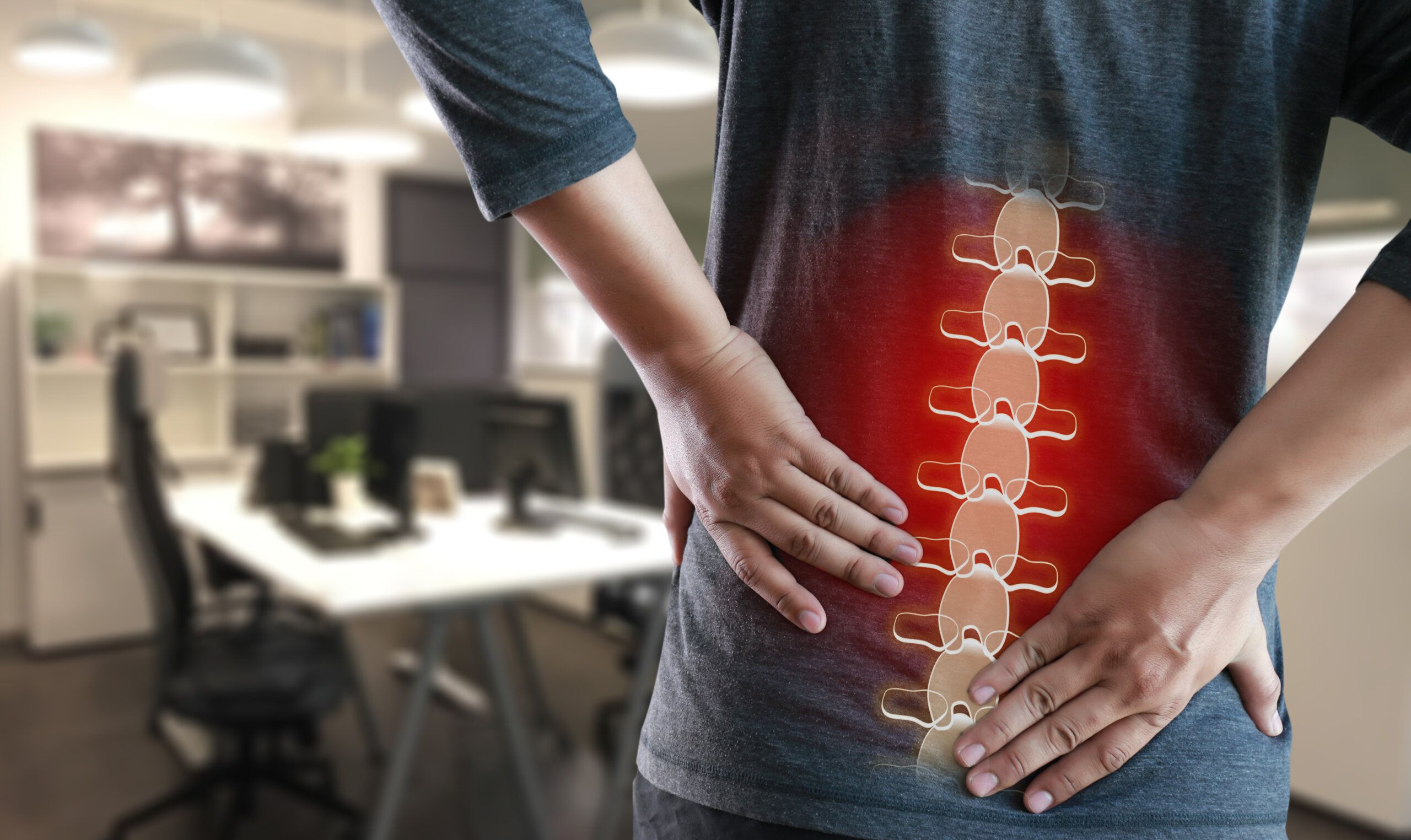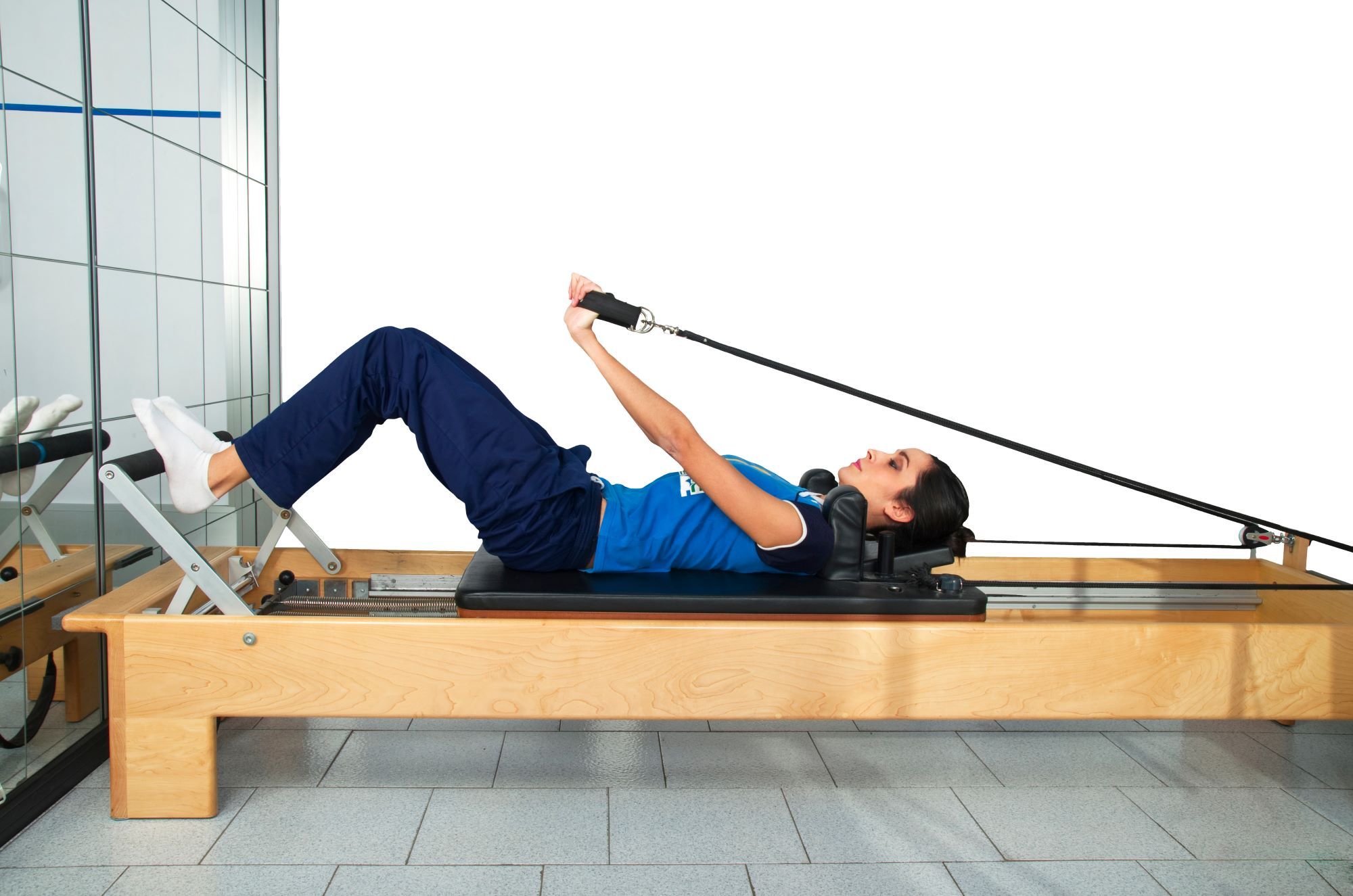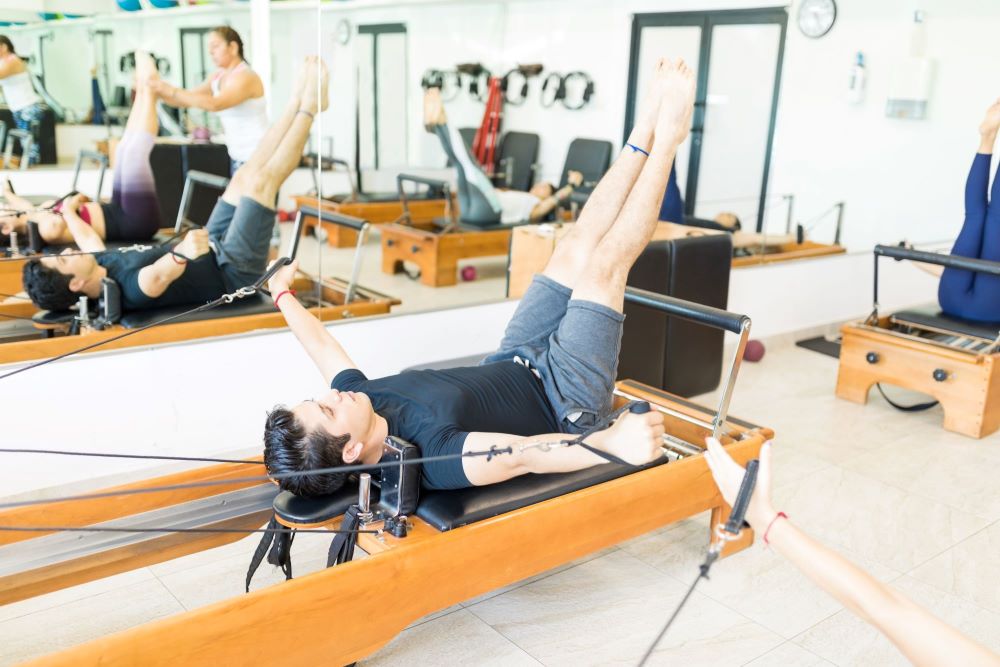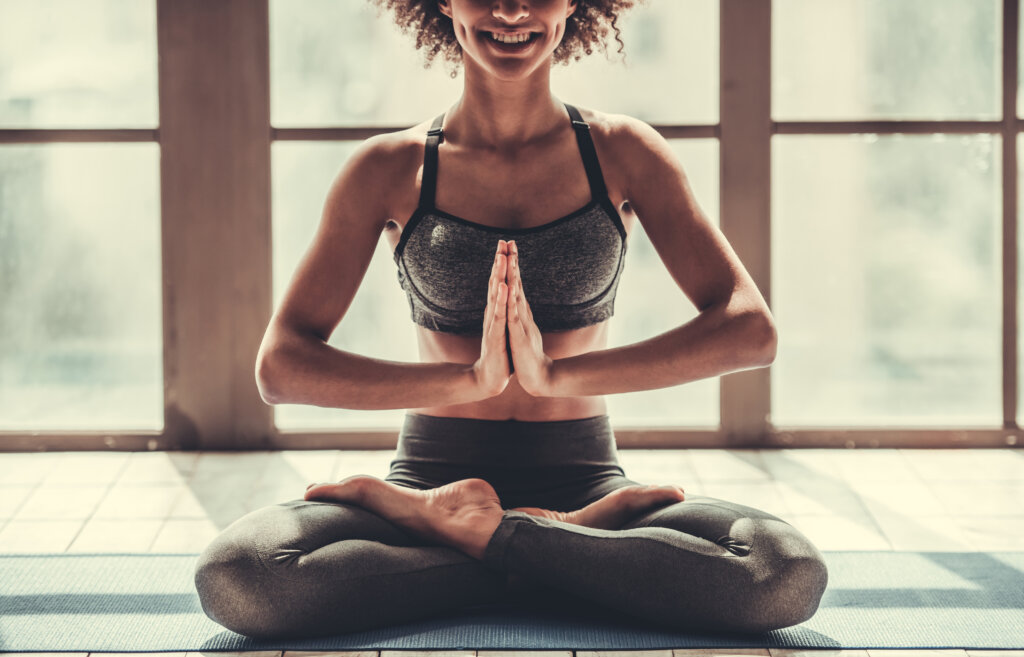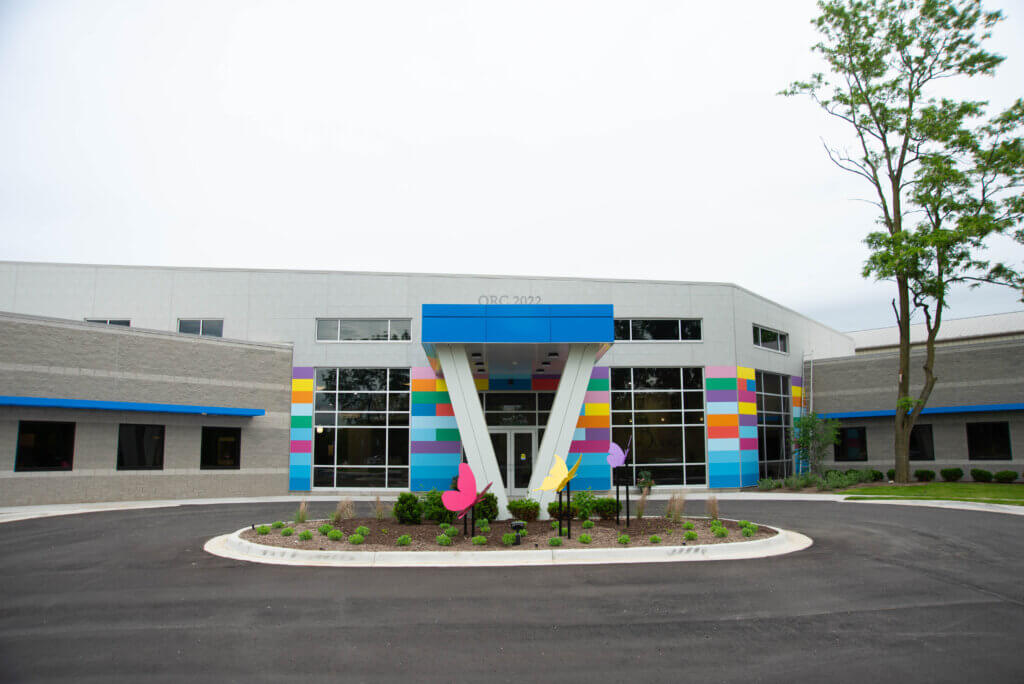Pilates: A Path to Relief and Wellness for Chronic Back Pain
Living with chronic back pain can be an incredibly debilitating experience. Many individuals suffering from this condition find themselves seeking solutions that may only provide temporary relief, or no relief at all. For these individuals, finding a lasting solution to their chronic pain is extremely important as that pain can be debilitating and affect their everyday life. Luckily, Pilates is a great option!
Understanding Chronic Back Pain
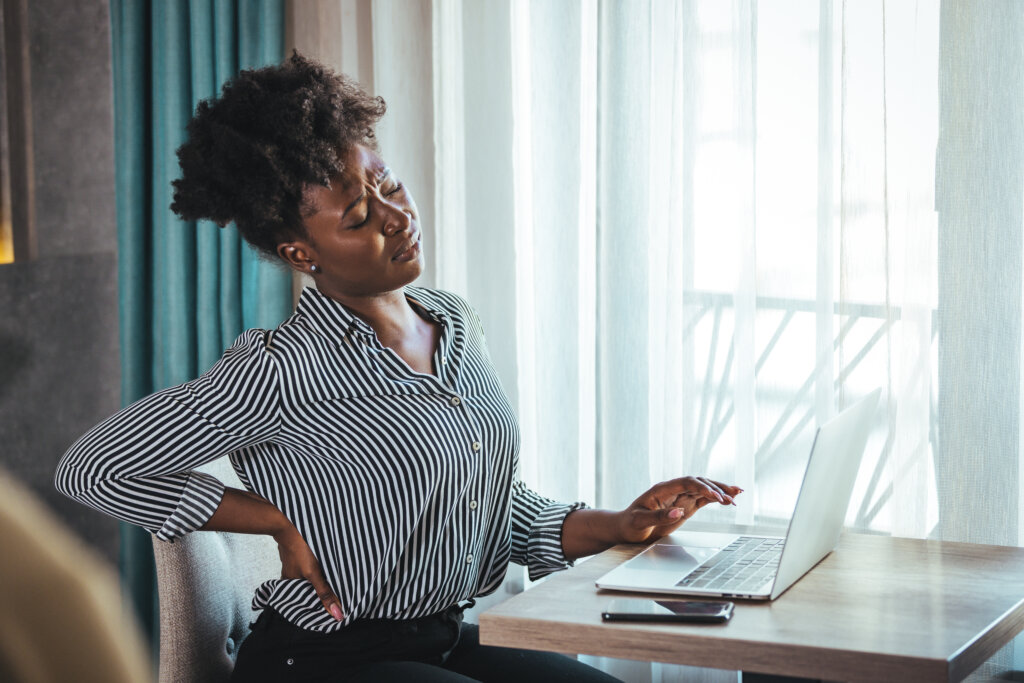
Chronic back pain affects millions of people worldwide and can stem from various causes such as muscle imbalances, poor posture, herniated discs, or injuries. Traditional treatments often involve medication, physical therapy, or surgery, but these may not always provide satisfactory or lasting results. In such cases, exploring alternative therapeutic options like Pilates can offer a fresh perspective.
What is Pilates?
Pilates is a low-impact exercise method developed in the early 20th century by Joseph Pilates. It focuses on strengthening the core muscles, improving flexibility, and enhancing overall body alignment. Pilates exercises are performed on a mat or specialized equipment such as the reformer, cadillac, or chair. The practice involves precise movements combined with controlled breathing and concentration.
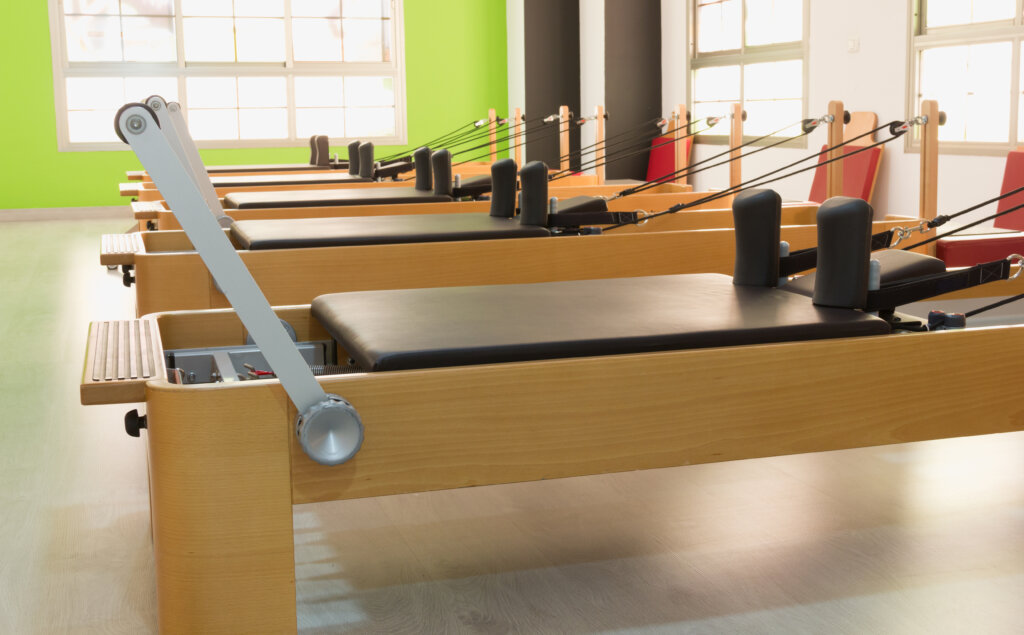
How Pilates Helps Back Pain:
- Core Strengthening: One of the key principles of Pilates is activating and strengthening the deep abdominal and back muscles, commonly referred to as the “core.” Strengthening these muscles can provide better support for the spine and help alleviate stress on the back.
- Improved Posture and Alignment: Pilates emphasizes proper alignment of the spine, pelvis, and shoulders. By developing awareness of correct posture and practicing exercises that promote alignment, individuals can alleviate strain on the back and improve overall body mechanics.
- Flexibility and Mobility: Pilates exercises focus on elongating and stretching muscles, increasing flexibility, and enhancing joint mobility. Improved flexibility can reduce muscle tension and tightness in the back, leading to decreased pain and increased range of motion.
- Body Awareness: Pilates encourages a heightened sense of body awareness and mindful movement. Through concentration and controlled movements, individuals learn to identify and correct movement patterns that contribute to back pain. This increased awareness helps prevent further injury and promotes healthier movement habits in daily life.
Benefits of Pilates for Back Pain:
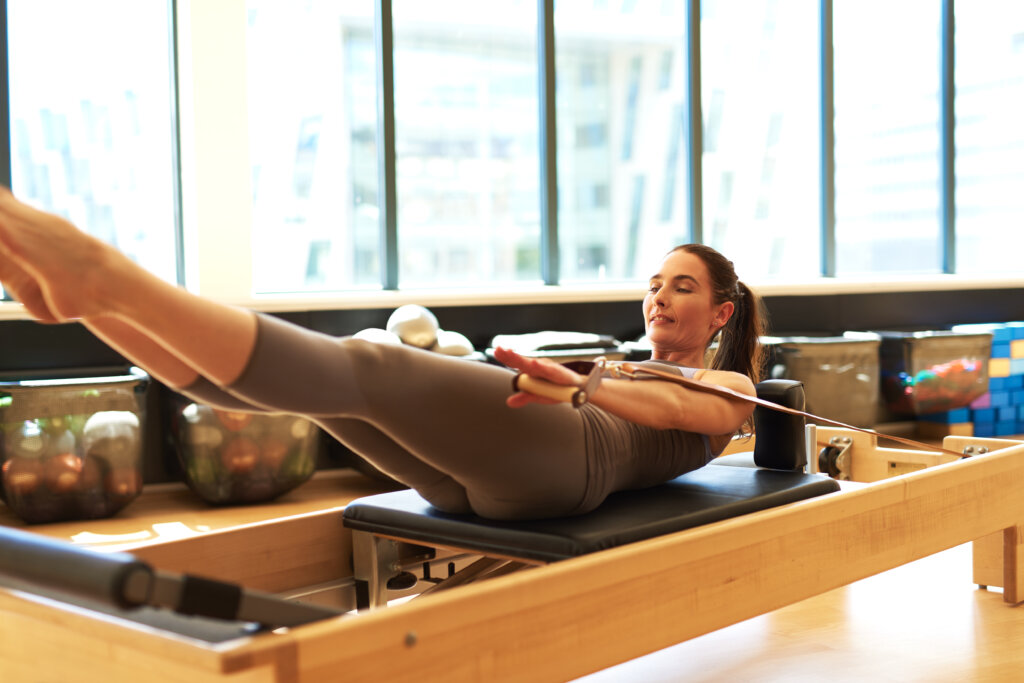
- Pain Relief: Pilates can help alleviate chronic back pain by strengthening and stabilizing the core muscles, reducing strain on the spine, and promoting better body mechanics. As the body becomes stronger and more aligned, individuals often experience a reduction in pain symptoms.
- Improved Flexibility: Increased flexibility achieved through Pilates exercises can ease muscle tension, improve circulation, and reduce stiffness in the back. Enhanced flexibility also contributes to better posture and prevents future back problems.
- Enhanced Strength and Stability: Pilates targets the deep core muscles, which provide stability and support for the spine. Strengthening these muscles helps protect the back from injury and provides a solid foundation for functional movements.
- Postural Correction: Poor posture can contribute to back pain. Pilates exercises emphasize proper alignment and teach individuals how to maintain good posture throughout daily activities. By improving postural habits, individuals can alleviate strain on the back and reduce pain.
- Stress Reduction: Chronic back pain can cause emotional stress and tension. Pilates incorporates relaxation techniques, controlled breathing, and a focus on mindfulness, which can help reduce stress levels. By calming the mind and promoting relaxation, Pilates contributes to overall well-being.
Pilates offers a holistic approach to managing chronic back pain, combining strengthening exercises, flexibility training, postural correction, and mindfulness techniques. By engaging in regular Pilates practice, individuals can experience relief from back pain, improved physical functionality, and a renewed sense of well-being. If you’re struggling with chronic back pain, consider exploring the benefits of Pilates as a valuable addition to your pain management and overall wellness routine.
Pilates at The Oxford Center
At The Oxford Center, we want to support you in every way we can as you embark on your health and wellness journey. For that reason, we are now offering Pilates at unbeatable prices, with an exceptional instructor, and state-of-the-art equipment. Discover the benefits of Pilates for yourself – increased muscular strength, improved posture, enhanced body awareness, and a renewed sense of vitality. Take the first step towards a healthier and more vibrant lifestyle today.
